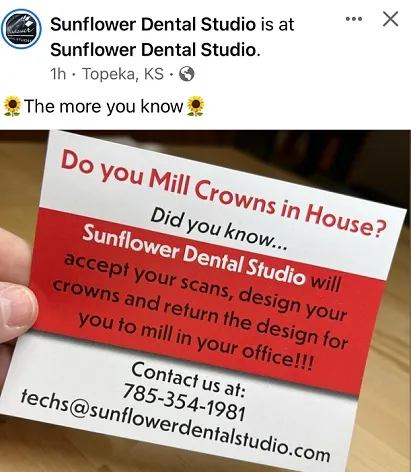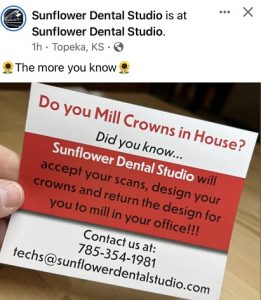All things dental milling
Ever wonder why those crowns that are from an in office mill lack anatomy and often do not fit as well? Me too. This is a work in progress and is just my notes for now.
Dental milling limitations
Whenever milling a dental crown or framework you have limitations due to the size of the bur head. So the exact same crown that we print in wax and then press will have more much anatomy than one that we just send straight to the mill. There are also margin variances and cement gap variances that make the crown from the mill worse as well.
When milling the cement gap is larger because the intaglio must be over-milled to allow the crown to seat. The smaller the bur size the less of a problem this is but to make the mills go faster (like an in office mill) the burs are larger. Cement thickness has a negative impact on crown strength.
What are some of the best dental milling machines that a dentist can buy?
Often dentists end up with inferior mills because they are cheaper. Labs that work with mills everyday, all day and have decades, buy better more powerful mills. They need them. The reality is to produce good crowns, one should get a good lab mill too. So what are good lab techs using?
AG Motion and Axsys Versamillare are two that a lab tech I really respect mentions on DT.
Who can design a crown for you?
Designing a dental crown requires some skill and experience and the quality of the product varies by more than just the scanner and the milling machine. The person designing the crown has a big impact as well. The nice thing about the designing part is anyone in the world can help anyone else. You can find a dental technician with excellent skills from anywhere.


